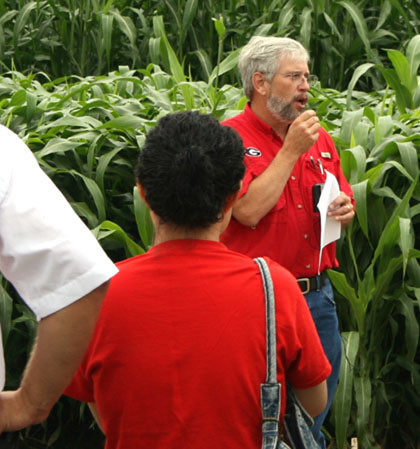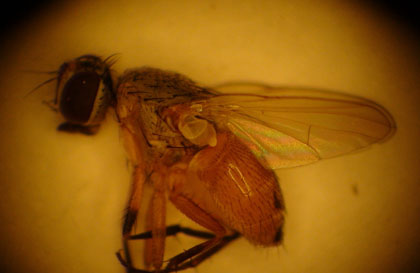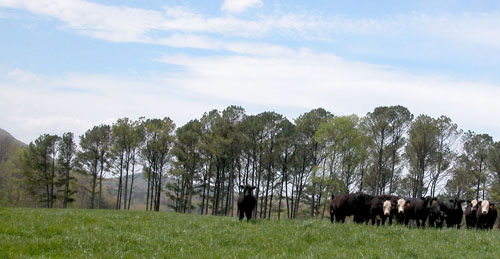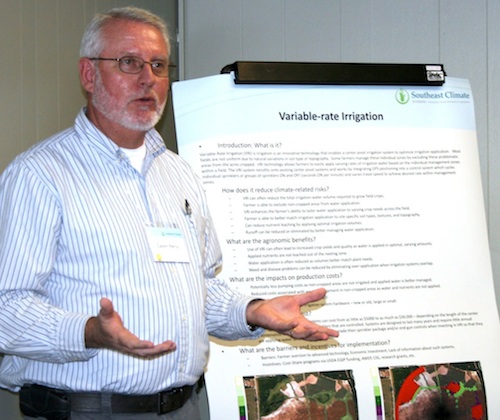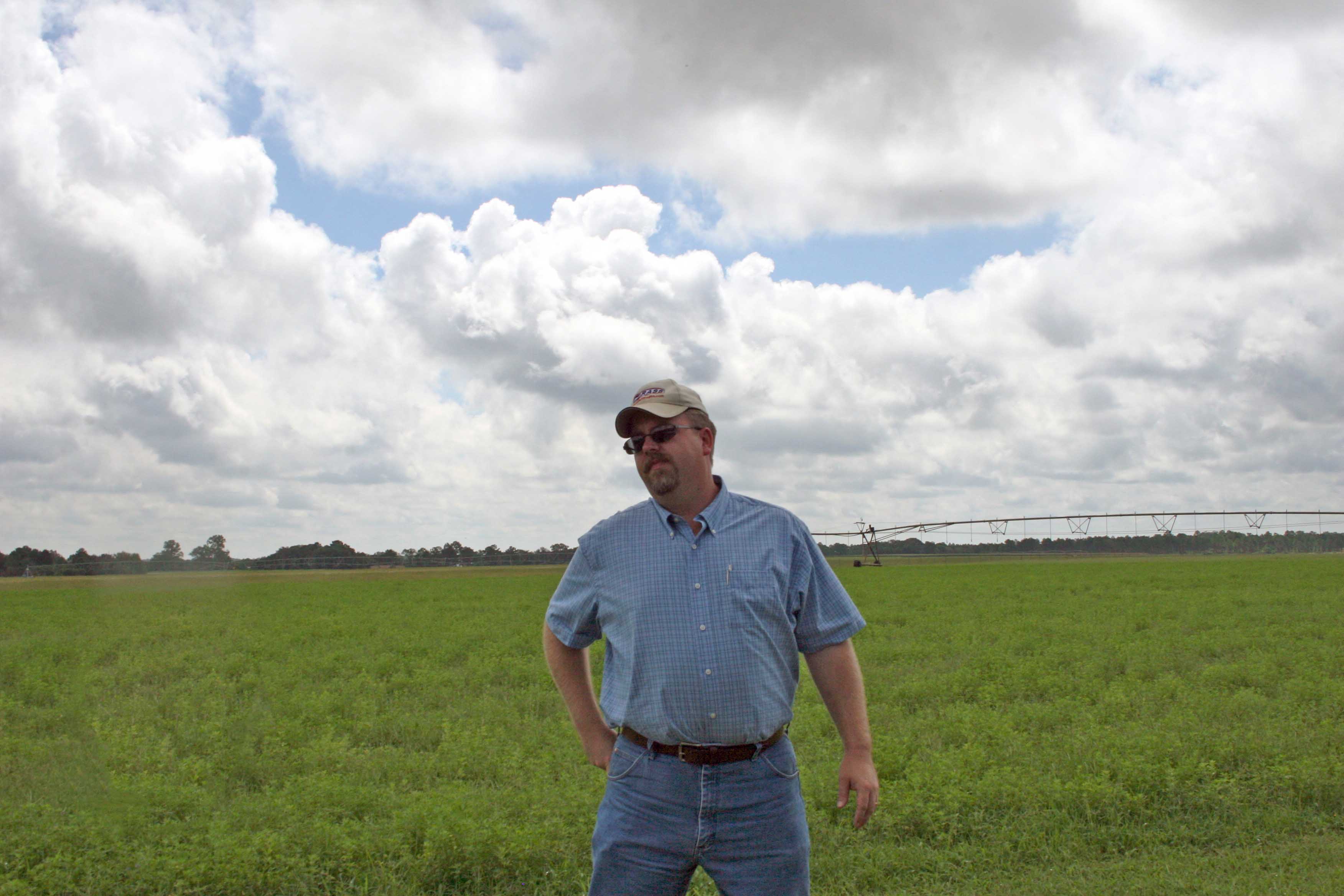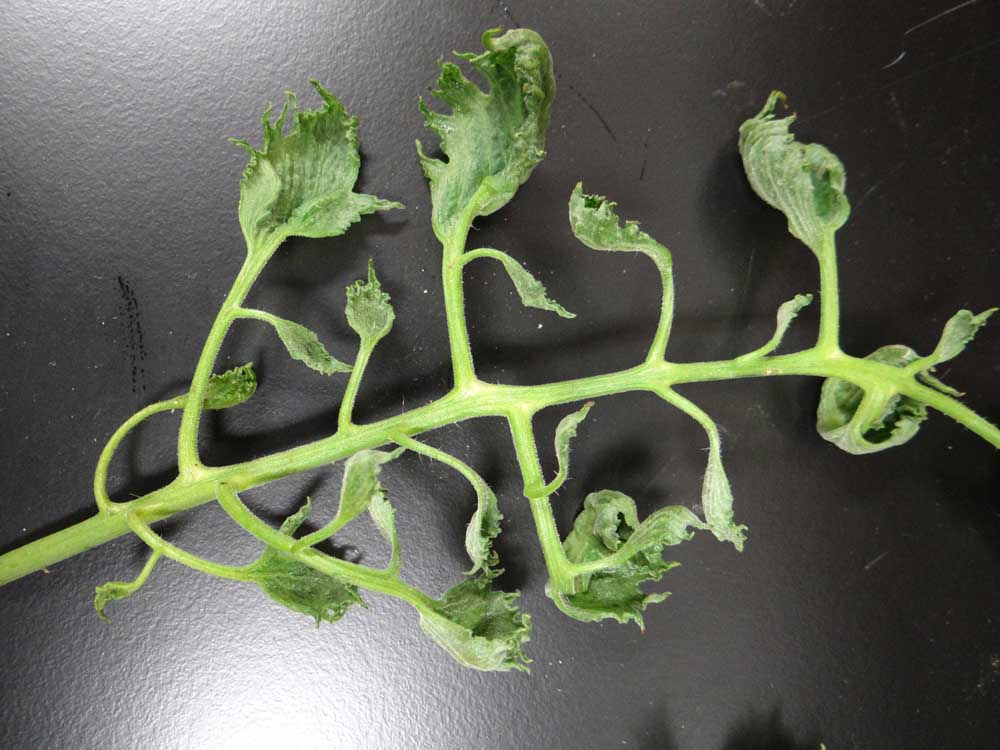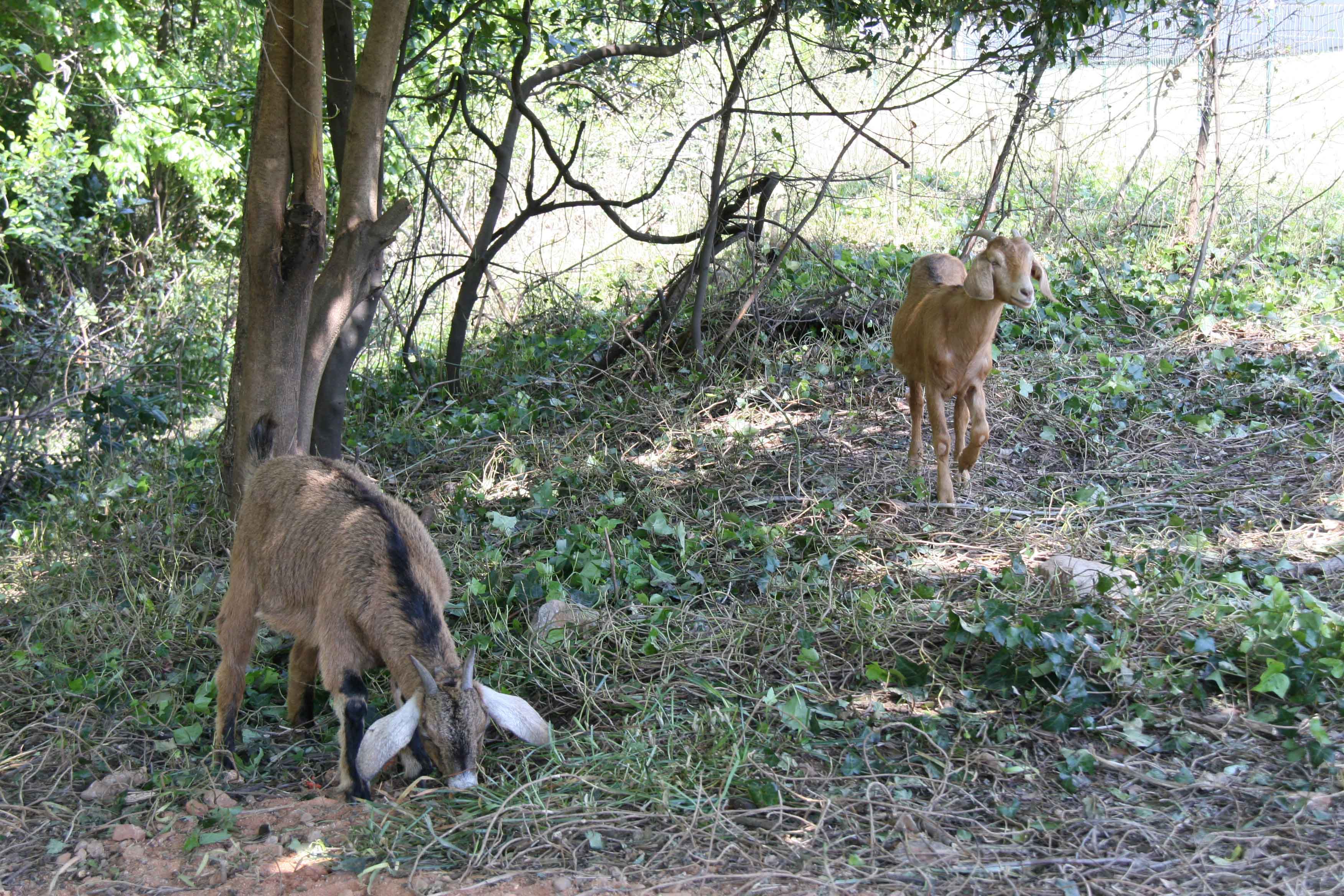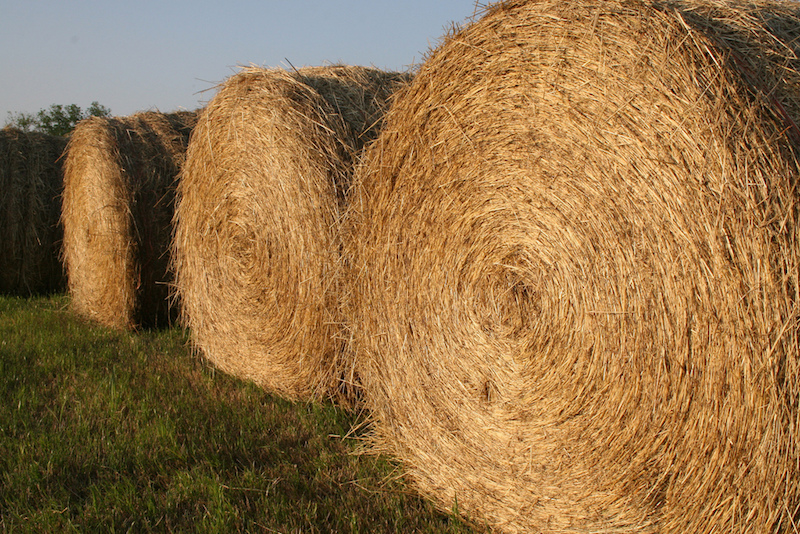 CAES News
CAES News
Hay field day
The Middle Georgia Hay Field Day will be held on Aug. 6, 2013 at County Line Farm in Lamar County. Hosted by the Upson County and Lamar County Extension Offices, the field day will begin at 9 a.m. at the farm site located at 1693 Ramah Church Road in Culloden, Ga.

